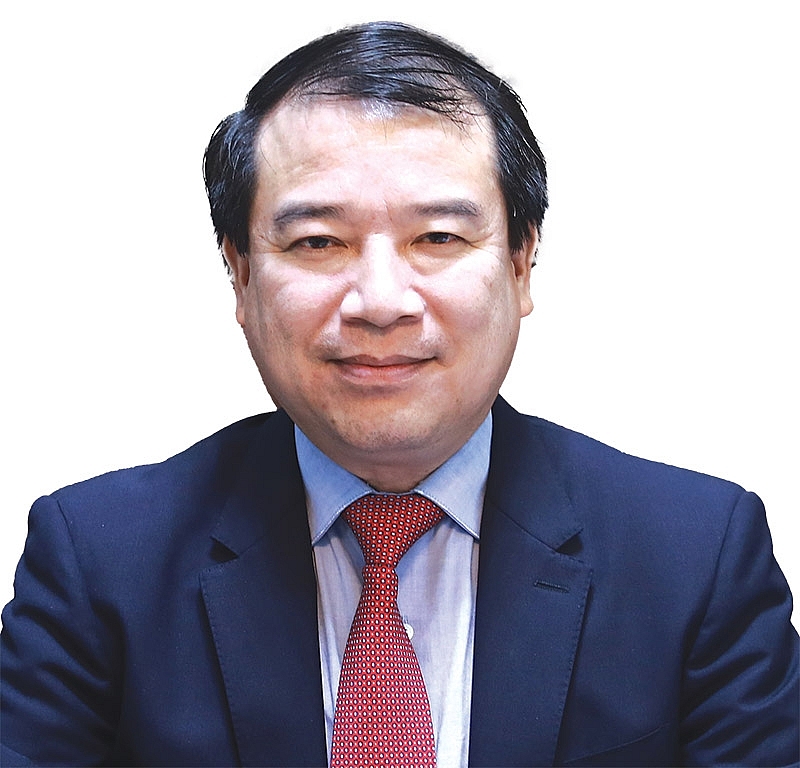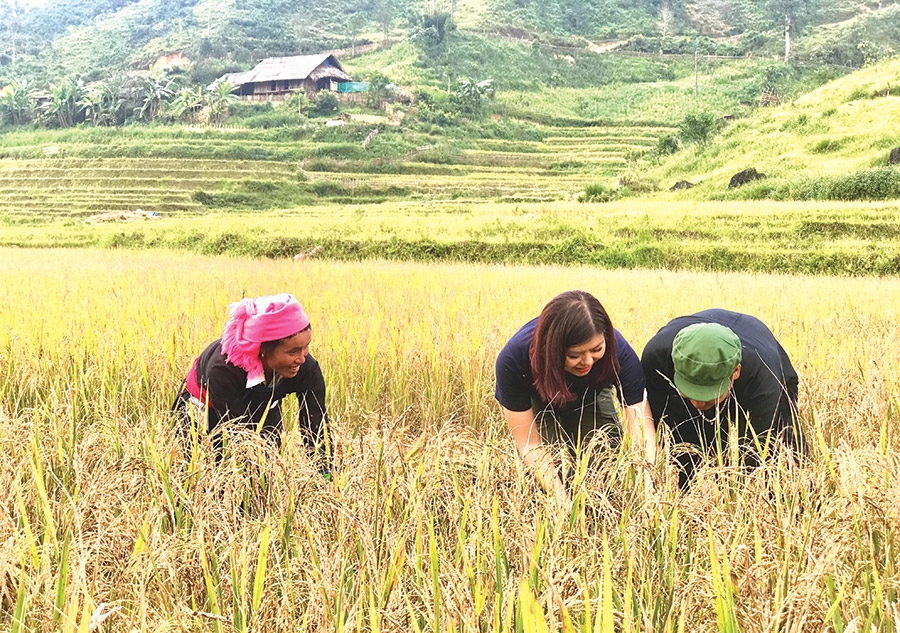Vietnam’s tourism ready to recover in 2021
This year has presented unprecedented difficulties for global tourism. What improvements has the industry in Vietnam been carrying out to adapt to the new normal?
 |
| Ha Van Sieu, deputy director general of the Vietnam National Administration of Tourism (VNAT) |
Compared to other crises, COVID-19 created a comprehensive challenge as most countries applied social distancing rules that stopped active tourism activities, affecting especially those counties with strong industries such as Thailand and Singapore.
By now, most nations are no longer focusing on salvaging the meagre number of international tourists and instead looking for solutions to minimise the damage caused by the disease. According to VNAT, the damage of Vietnam’s tourism industry is currently controlled at the lowest level. To achieve this result, the state’s support policies, such as a reduction of land tax, electricity prices, and entrance fees at many destinations, play a very important role.
Central and local tourism authorities are also actively working with businesses to develop stimulus packages and promotion programmes to attract visitors as soon as the disease is under control.
The successes in disease prevention are also actively communicated by Vietnam during the many online forums. This has contributed significantly to maintaining the image of country as a safe and attractive destination, making us receive a positive assessment from the international community.
What solutions has the tourism industry been focusing on to maintain stability?
Along with the challenge of maintaining stability, the Vietnamese tourism industry is finding solutions for further development as the pandemic remains complicated and unpredictable around the world.
Some solutions have been relatively successful in 2020 and will be continued next year. The tourism market will be restructured to adapt to the new context. The international tourist market is still temporarily frozen, thus domestic tourism will become an important market generating revenue for the whole sector. The cooperation between state management agencies and tourism businesses continues to be strengthened to create attractive tourism promotion programmes.
Meanwhile, links among destinations and regions will create service supply chains and quality tourism products, in line with current trends. Finally, we encourage businesses to apply technology more widely to help travellers have smarter and safer travel experiences.
 |
| Farmstay trend embraces countryside charm |
COVID-19 will ultimately change investments in tourism. How is this expected to happen in Vietnam?
Next year, safety will be the most important factor that tourists consider for every trip, which causes mass tourism to gradually stop and be replaced by personalised and small-group trips. Famous destinations with well-developed infrastructure and services such as Nha Trang and Danang may have to give way to new and pristine destinations.
This also greatly affects the investment trends in the tourism sector. Projects of hotels and resorts with large numbers of rooms in hot destinations are no longer attractive to investors. On the contrary, they tend to look to new destinations, even including rural places with difficult traffic, such as Mu Cang Chai in Yen Bai or Lai Chau. Small and medium projects focusing on specialised services will also appear more.
Meanwhile, visitors tend to be less interested in trendy travel experiences and focus on practical activities that are good for health, such as sports tourism, medical tourism, ecotourism, yoga, and agricultural tourism. That is why models of wellness tourism and farmstays are now developing and attracting a lot of interest.
How does VNAT encourage and support the development of farmstays?
VNAT has built strategies and schemes to encourage the development of these two tourism models. We are also working with the Ministry of Agriculture and Rural Development to develop a farmstay model in mountainous areas. However, I see that the current farmstay models are mainly spontaneously established, wasting resources and potentially violating regulations. Therefore, in addition to the orientation from the VNAT, we also need more support from the local authorities in management and construction of such farmstays.
What solutions does VNAT have to support the recovery of Vietnamese tourism in the next year?
After every economic crisis, the tourism industry would grow stronger. In my opinion, Vietnam has its own ways and flexible solutions. Many local businesses have diversified their products and services during the pandemic, so they can limit their losses. I believe the recovery of Vietnam’s tourism will be faster than the global average, possibly within six months to one year.
We proposed the Ministry of Culture, Sports and Tourism to continue petitioning the government to support businesses in parallel with promotion and stimulation programmes. With a change of direction, focusing on in-depth tourism products and existing strengths, 2021 will be a year to mark a spectacular recovery of the tourism industry.
| Tourism amid the pandemic According to the latest data from the World Tourism Organization (UNWTO), destinations welcomed 900 million fewer international tourists between January and October compared with the same period of 2019. This translates into a loss of $935 billion in revenues from international tourism, more than 10 times the loss in 2009 under the impact of the global economic crisis. Based on current evidence, UNWTO estimates that international arrivals declined by 70-75 per cent for the whole of 2020. Global tourism has returned to the levels of 30 years ago, with 1 billion fewer arrivals and a loss of some $1.1 trillion in international tourism receipts. This massive drop in tourism due to the pandemic could result in an economic loss of $2 trillion in global GDP. |
What the stars mean:
★ Poor ★ ★ Promising ★★★ Good ★★★★ Very good ★★★★★ Exceptional
Related Contents
Latest News
More News
- The destinations powering Vietnam’s festive season travel demand (December 04, 2025 | 18:33)
- Vietnam named among the world’s most exciting winter destinations (December 04, 2025 | 15:10)
- Phu Tho emerges as northern Vietnam’s new tourism hub (December 01, 2025 | 17:00)
- Vietjet completes Airbus A320/A321 updates ahead of deadline (December 01, 2025 | 09:49)
- Vietjet resumes Con Dao flights from early December (November 28, 2025 | 15:24)
- Free tickets, Lunar New Year promotions on offer at Vietjet Mega Livestream (November 26, 2025 | 15:32)
- Scandinavian Airlines and Vietnam Airlines broaden agreement with new routes (November 25, 2025 | 17:04)
- Halong Cruise Port welcomes over 3,100 international visitors (November 12, 2025 | 18:06)
- Vietnam.travel climbs to second place in Southeast Asia website rankings (November 12, 2025 | 18:01)
- Cat Ba named among Southeast Asia’s top island adventures (November 11, 2025 | 18:09)

 Tag:
Tag:



















 Mobile Version
Mobile Version